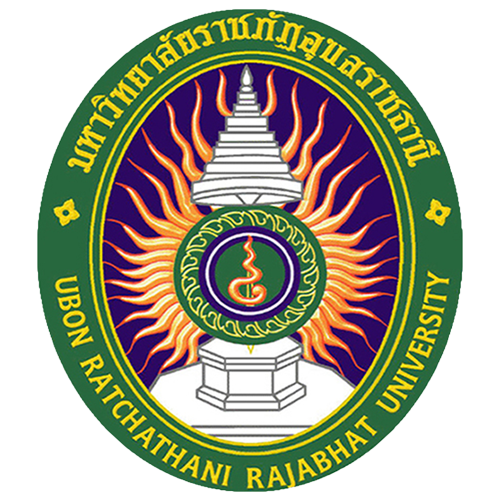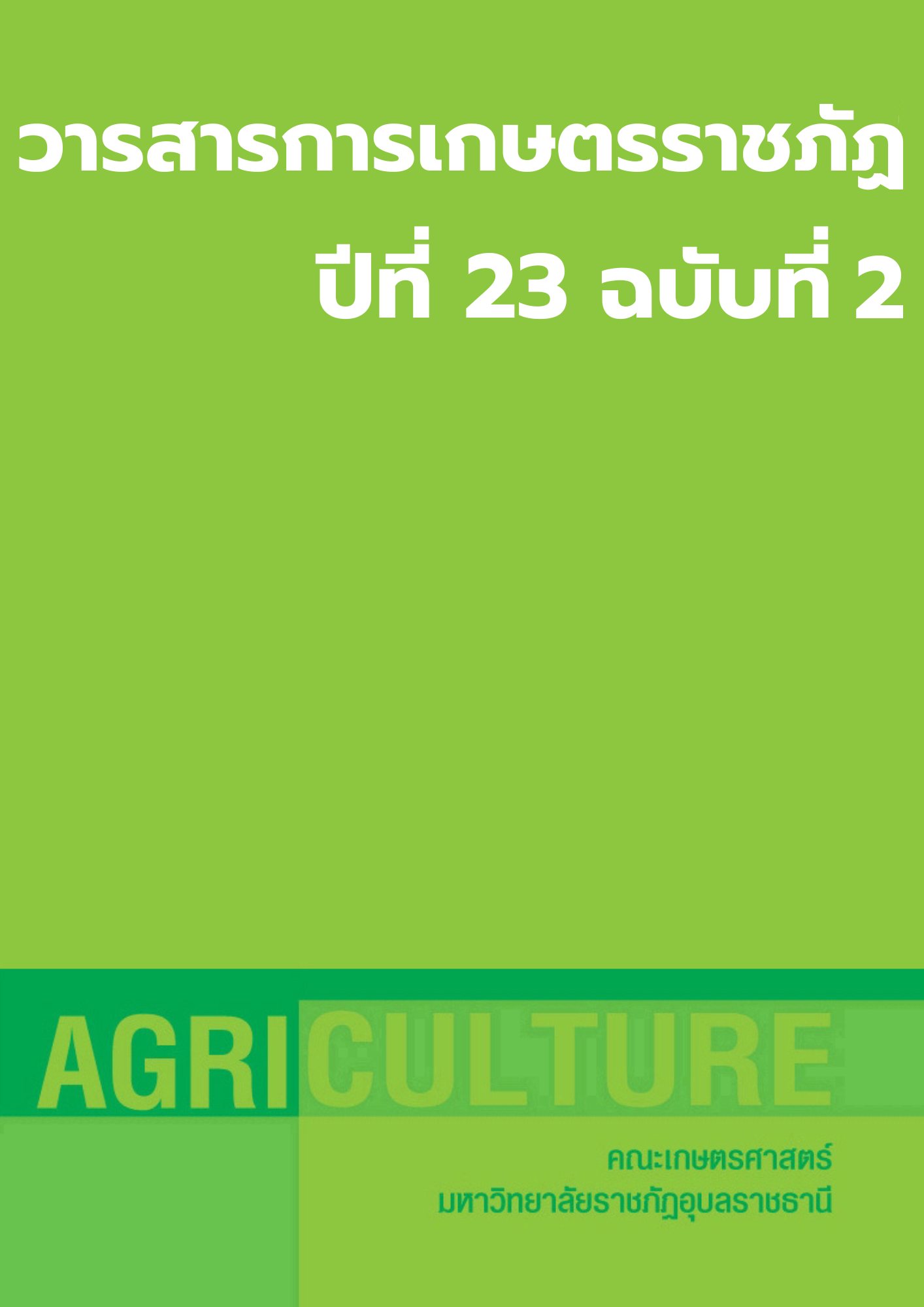Quality preservation of mango (Mangifera indica L.) fruit during postharvest period อุบล ชินวัง และ ทินน์ พรหมโชติ
Main Article Content
Abstract
Mango (mangifera indica L.) is an exported fruit for many producing countries with an increasing demand of the consumers worldwide. It is, therefore, importance to maintain good quality of harvested mango fruit using various postharvest technologies in order to extend its shelf life. These technologies delay fruit ripening and reduce fruit decay due to the infection of plant pathogens and some insect pests. In addition to an appropriate practices of fruit harvesting, postharvest approaches have been applied to the fruit before packaging, during transportation and storage. These include precooling after harvest, hot water immersion containing fungicide of a proper concentration and a dipping duration, vapor heat treatment to disinfestation of fruit flies and some pests, Irradiation on the fruit in packages, and modified atmosphere packaging in cold storage. In addition, dynamic controlled atmosphere storage, a prevention method of hypoxia condition in fruit tissues, has been developed to a commercial use. Synthetic fungicide application showed an excellent fruit decay control, as compared to many physical treatments (heat, cold, irradiation, and low O2 and high CO2 contents) and biocontrol methods (plant extracts and microbial antagonists). Nevertheless, it is needed to consider on chemical residues in the mango fruit, as mentioned by importing countries and the international organizations. Researches on the biocontrol methods have been studied to apply and/or to use in combination to the synthetic fungicides to obtain an alternative, effective mean for keeping good quality of mango fruit before marketing.


